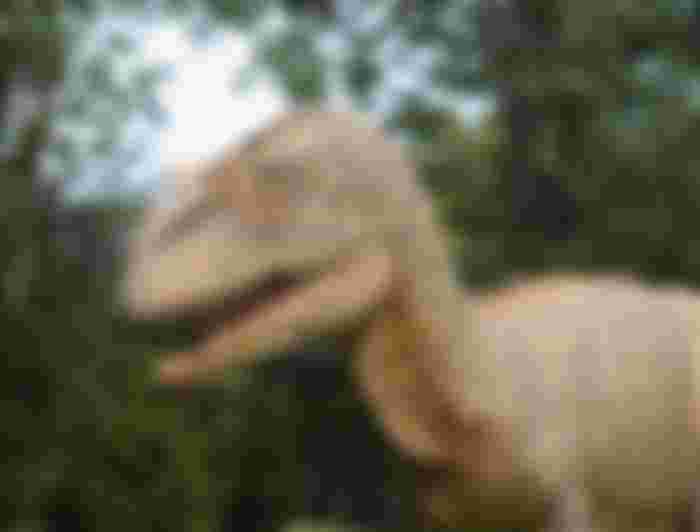Unearthing the Mysteries of Dinosaurs: A Glimpse into Earth's Prehistoric Giants
Unearthing the Mysteries of Dinosaurs: A Glimpse into Earth's Prehistoric Giants
Introduction:

Dinosaurs, the awe-inspiring creatures that once roamed the Earth, continue to captivate our imaginations. These ancient reptiles, which ruled the planet for over 160 million years, offer us a window into a world that existed long before humans walked the Earth. In this article, we will embark on a journey through time, exploring the fascinating world of dinosaurs, their diverse species, habitats, and eventual extinction.
The Dawn of Dinosaurs:

The story of dinosaurs begins approximately 230 million years ago, during the Late Triassic Period. These creatures evolved from a group of reptiles known as archosaurs, which also gave rise to birds and crocodiles. The earliest dinosaurs were relatively small, about the size of a modern-day dog, and walked on two legs. Over millions of years, they diversified and evolved into a wide array of shapes and sizes, ranging from the diminutive Compsognathus to the colossal Argentinosaurus.
Diversity of Dinosaurs:

Dinosaurs were incredibly diverse, inhabiting various ecosystems across the globe. They were classified into two main groups: the Saurischia (lizard-hipped) and the Ornithischia (bird-hipped). The Saurischians included the fearsome theropods, which were primarily carnivores, as well as the massive sauropods, known for their long necks and towering stature. The Ornithischians, on the other hand, were characterized by their herbivorous nature and included the iconic Triceratops and Stegosaurus.
Remarkable Adaptations:
Dinosaurs exhibited a range of extraordinary adaptations that allowed them to thrive in diverse environments. Some, like the Velociraptors, were agile hunters with sharp teeth and keen intelligence. Others, like the Ankylosaurus, were heavily armored, boasting thick plates and powerful tails for defense against predators. The Pterosaurs, often mistakenly referred to as dinosaurs, were flying reptiles that shared the skies with their terrestrial counterparts.
The Mystery of Extinction:
The end of the Mesozoic Era, approximately 65 million years ago, marked the demise of the dinosaurs. This mass extinction event, known as the Cretaceous-Paleogene (K-Pg) extinction event, wiped out nearly 75% of Earth's species, including all non-avian dinosaurs. The leading theory suggests that a massive asteroid impact, combined with volcanic activity, led to a sudden and catastrophic disruption of the Earth's climate.
Legacy and Discoveries:
Though they vanished millions of years ago, dinosaurs continue to leave an indelible mark on our planet. Fossilized remains have allowed scientists to reconstruct their anatomy, behavior, and even gain insights into their possible colors. Additionally, their closest living relatives, birds, carry with them echoes of their prehistoric ancestry.
Conclusion:
Dinosaurs, with their incredible diversity and adaptations, hold a special place in the annals of Earth's history. Their legacy endures through fossils and the captivating stories told by paleontologists. As we continue to uncover their secrets, dinosaurs remain a testament to the profound mysteries that our planet has to offer. Through them, we gain a deeper understanding of the intricate tapestry of life on Earth.


